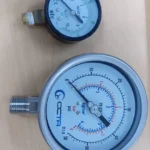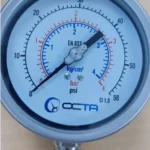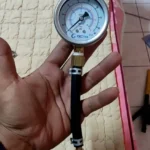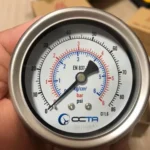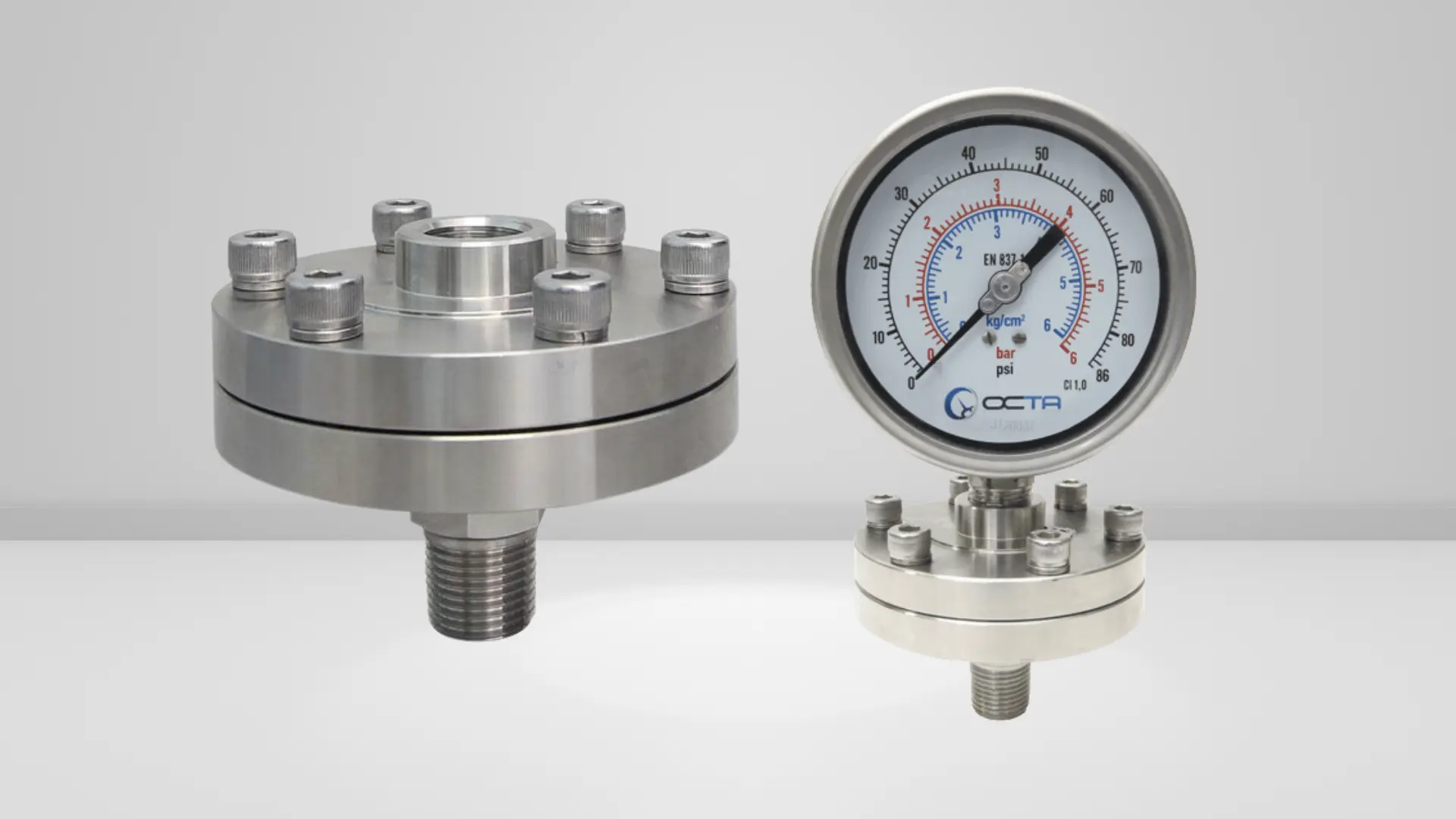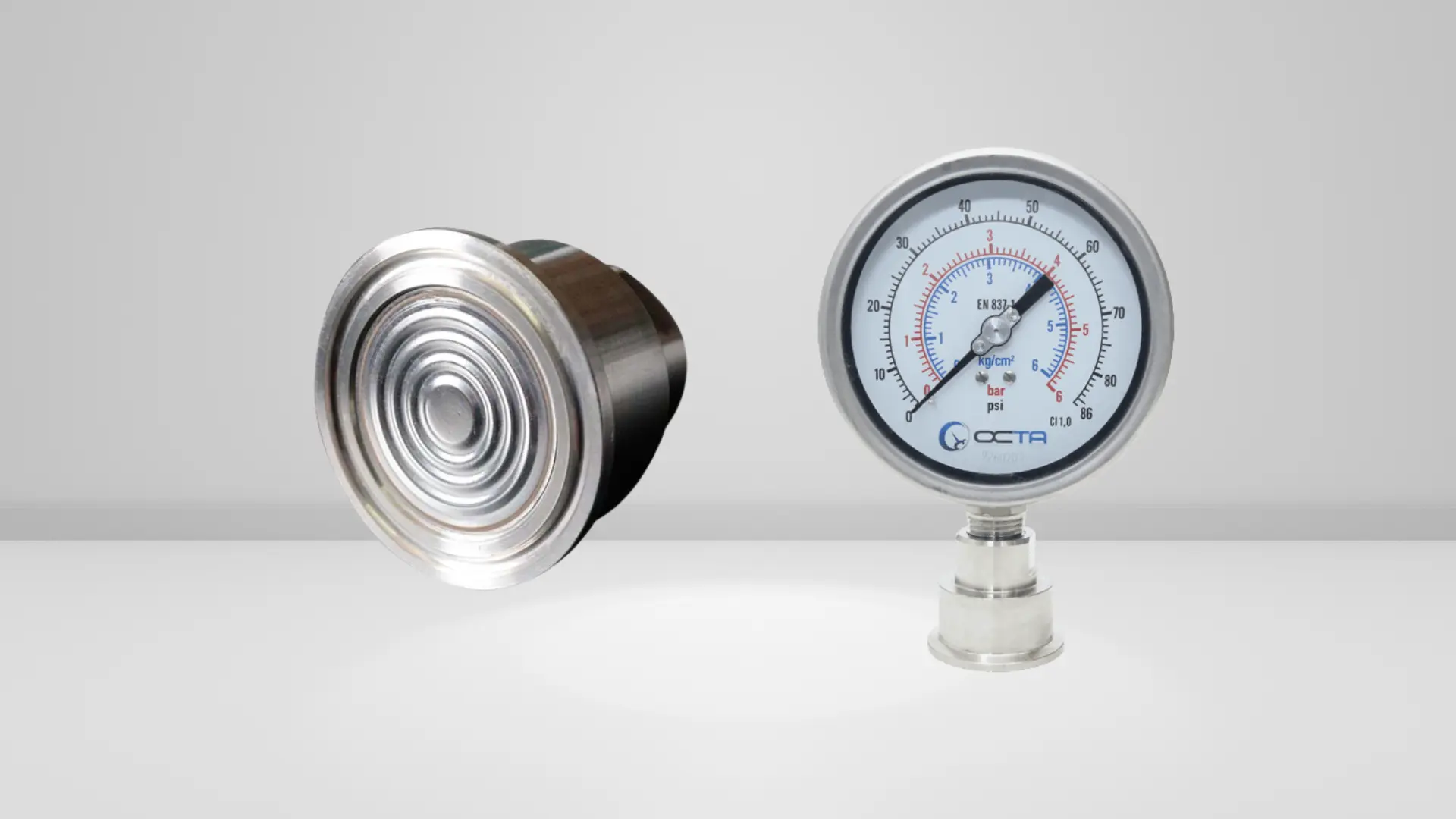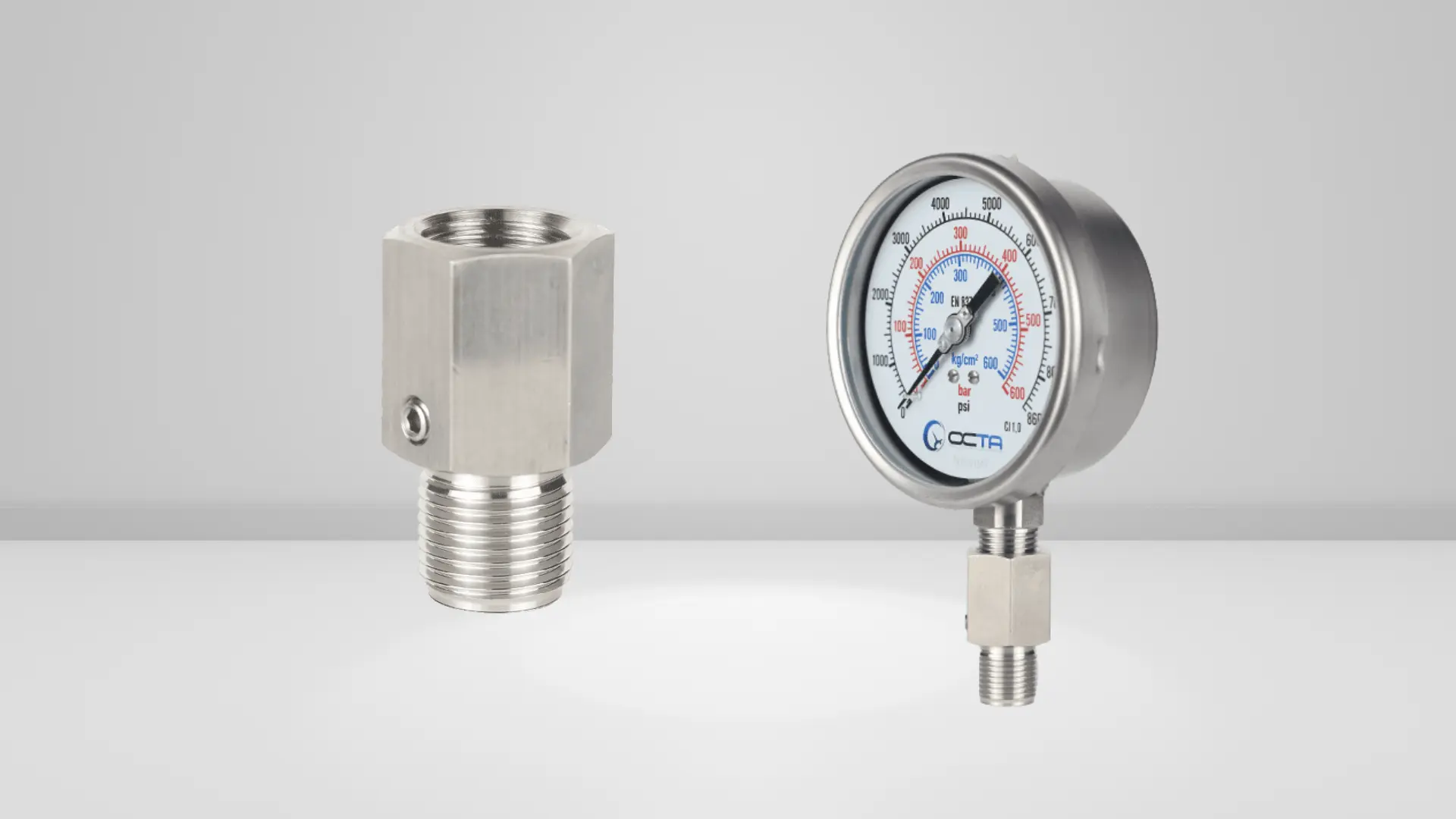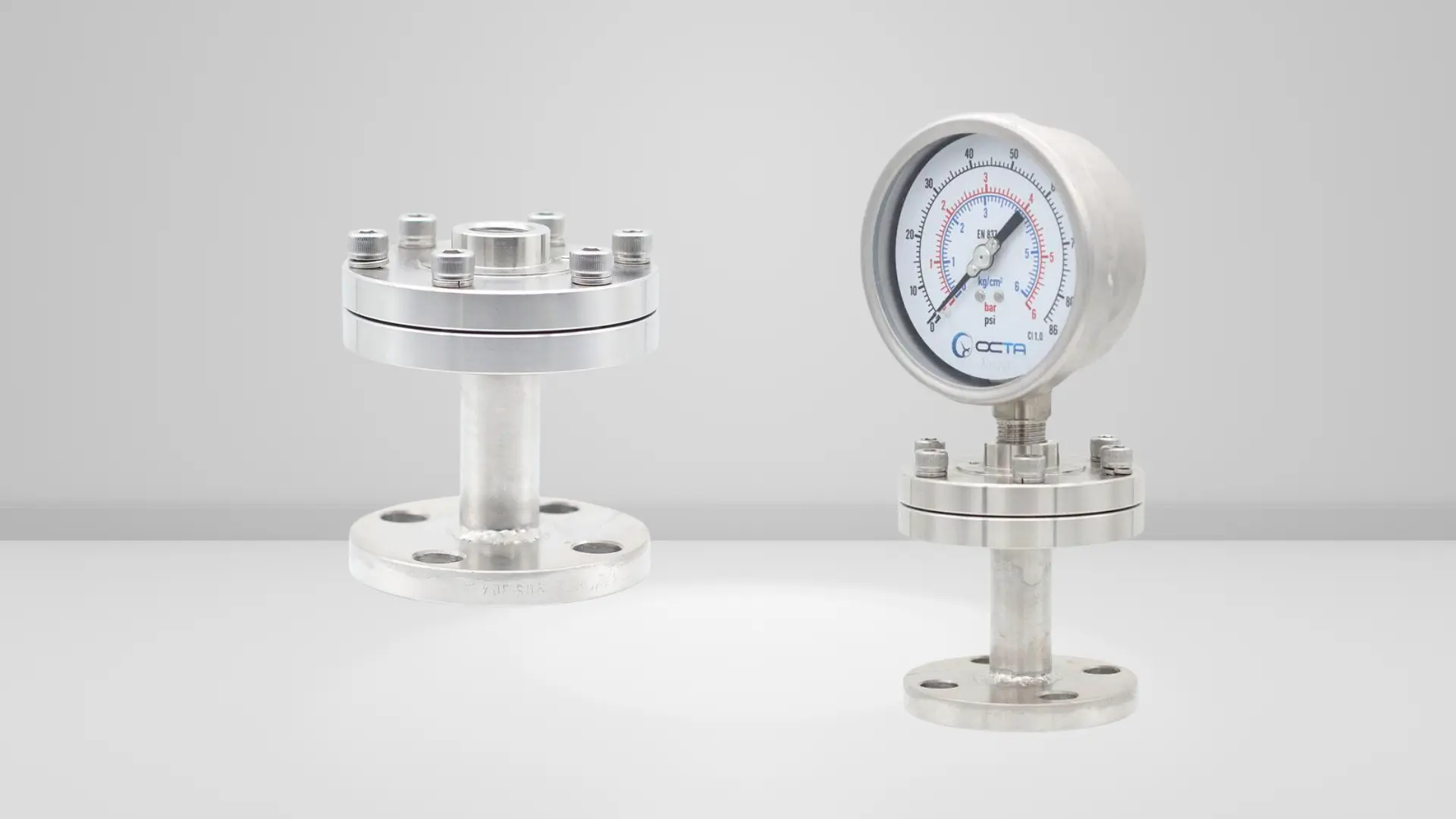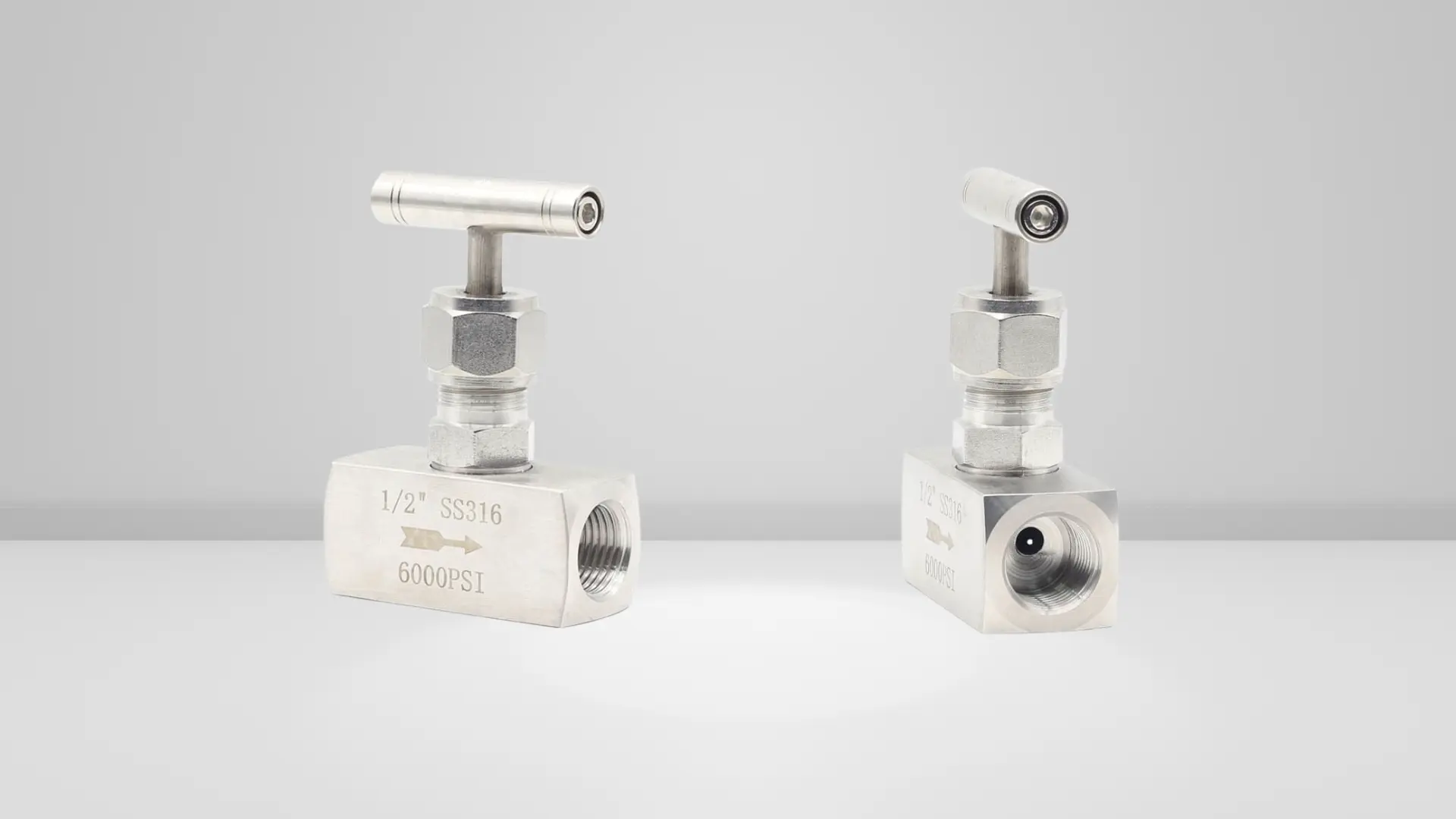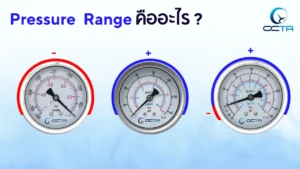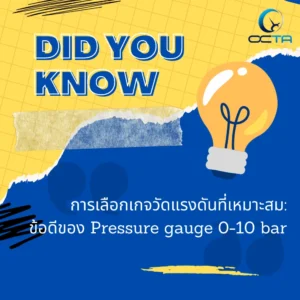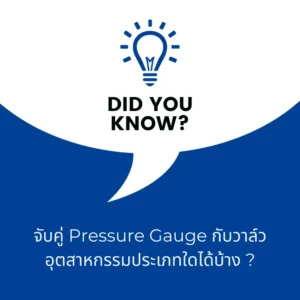มาตรวัดความดัน OCTA ดีอย่างไร ?
คุณภาพสูงเชื่อถือได้
เราคัดเลือกโรงงานที่ดีที่สุดเพื่อผลิตเครื่องมือวัดความดันคุณภาพสูง โดยออกแบบตามมาตรฐาน EN-837
ราคาย่อมเยา
สามารถเข้าถึงเครื่องมือวัดความดัน OCTA ในราคาย่อมเยาเหมาะกับผู้ใช้ทุกระดับ
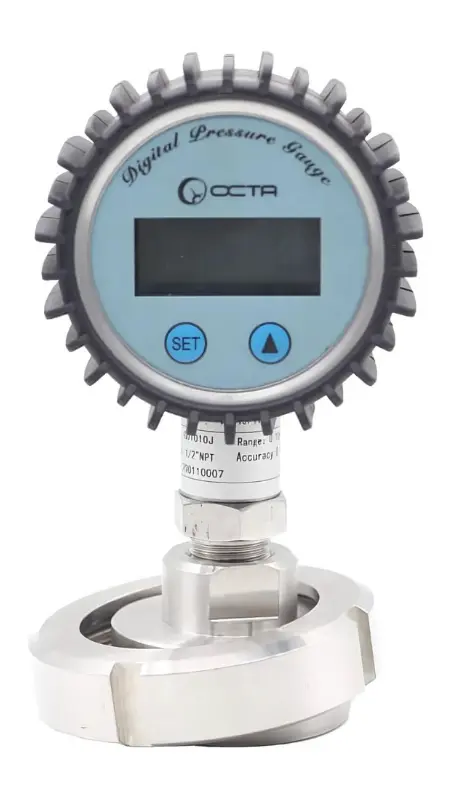
การรับประกัน
เรากล้ารับประกันคุณภาพของสินค้า พร้อมรับประกันการใช้งาน 1 ปีเต็ม
ปรึกษากับผู้เชี่ยวชาญ
ทำให้การเลือกเครื่องมือวัดความดันเป็นเรื่องง่าย โดยการให้คำปรึกษาจากผู้เชี่ยวชาญ
เลือกซื้อเครื่องมือวัดความดันคุณภาพจาก OCTA
เกจวัดแรงดัน (Pressure Gauges)

Pressure Gauge Bourdon Type
Brass Bottom
Dial 2.5″ , Port Size 1/4″ NPT
เกจวัดแรงดันแบบบูดอง
ออกล่าง เกลียวทองเหลือง
หน้าปัด 2.5 นิ้ว , ข้อต่อ 1/4″ NPT

Pressure Gauge Bourdon Type
Brass Bottom
Dial 4″ , Port Size 1/2″ NPT
เกจวัดแรงดันแบบบูดอง
ออกล่าง เกลียวทองเหลือง
หน้าปัด 4 นิ้ว , ข้อต่อ 1/2″ NPT
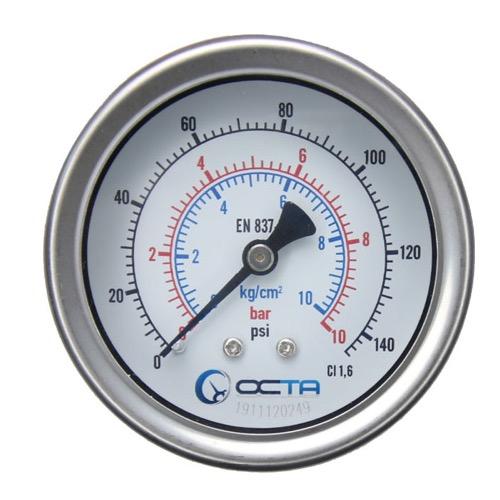
Pressure Gauge Bourdon Type
Brass Back
Dial 2.5″ , Port Size 1/4″ NPT
เกจวัดแรงดันแบบบูดอง
ออกหลัง เกลียวทองเหลือง
หน้าปัด 2.5 นิ้ว , ข้อต่อ 1/4″ NPT

Pressure Gauge Bourdon Type
Brass Back
Dial 4″ , Port Size 1/2″ NPT
เกจวัดแรงดันแบบบูดอง
ออกหลัง เกลียวทองเหลือง
หน้าปัด 4 นิ้ว , ข้อต่อ 1/2″ NPT

Pressure Gauge Bourdon Type
SS Bottom
Dial 2.5″ , Port Size 1/4″ NPT
เกจวัดแรงดันแบบบูดอง
ออกล่าง เกลียวสแตนเลส
หน้าปัด 2.5 นิ้ว , ข้อต่อ 1/4″ NPT
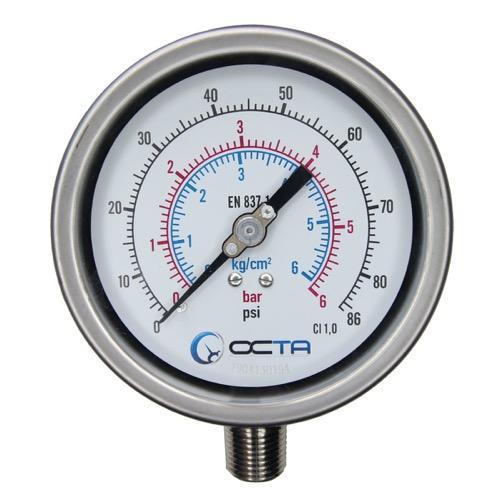
Pressure Gauge Bourdon Type
SS Bottom
Dial 4″ , Port Size 1/2″ NPT
เกจวัดแรงดันแบบบูดอง
ออกล่าง เกลียวสแตนเลส
หน้าปัด 4 นิ้ว , ข้อต่อ 1/2″ NPT

Pressure Gauge Bourdon Type
SS Back
Dial 2.5″ , Port Size 1/4″ NPT
เกจวัดแรงดันแบบบูดอง
ออกหลัง เกลียวสแตนเลส
หน้าปัด 2.5 นิ้ว , ข้อต่อ 1/4″ NPT

Electric Contact Pressure Gauge Bourdon Type
Upper-Lower Contact
Dial 4″ , Port Size 1/2″ NPT , Oil Fillable
สวิตส์สัญญาณค่าสูง – ต่ำ
ออกล่าง เกลียวสแตสเลส
หน้าปัด 4 นิ้ว , ข้อต่อ 1/2″ NPT , เติมน้ำมันได้
Pressure Unit: bar , psi , Mpa , Kpa
Dial Size: 3″ With Jacket Port Size 1/2″ NPT
Input : 24VDC
Output : 4~20mA, 0~20mA, 0~5V, 0~10V
Electric connection : M12 connector
Five pin bended connector
Process connection: 1/2 BSPP, 1/4″ BSPP
รีวิวจากลูกค้าออนไลน์






